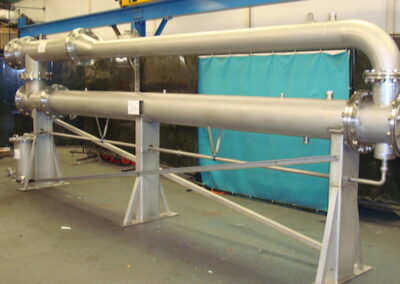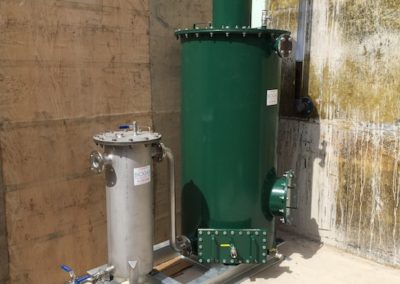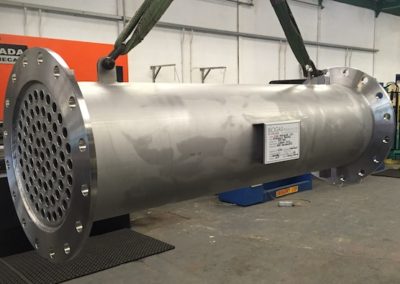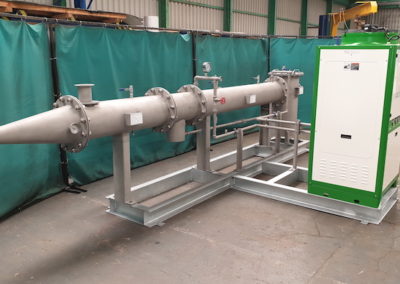Biogas Conditioning
The composition of biogas from a digester is water saturated and often contains small amounts of other gases. Biogas performs better if these pollutants are removed.
Increased efficiency
Prevent corrosion
Remove harmful pollutants
Increased service life
Things to consider
Biogas produced by the process of Anaerobic Digestion is considered a ‘dirty’ gas. It often contains small amounts of other gases like Hydrogen Sulphide (H2S) and other contaminants such as siloxanes. Biogas from a digester is 100% water saturated which can also cause problems further down the line.
To use biogas as a fuel it must be carefully conditioned to the specification required for its intended use. In this instance we refer to electricity generation and CHP Engines, however, if you’re planning to refine biogas further, for upgrading to biomethane for example, there may be different requirements. We will work closely with you to design a system that will achieve your required biogas quality.
Biogas Pressure
An engine requires incoming gas pressure to be somewhere between 50-200mbar. As an Anaerobic Digester operates with a pressure of around 3-30mbar, biogas may need to be boosted in order to meet the engine requirements.
Temperature & Humidity
Biogas temperature and humidity is important to get right. Water is removed and collected as the biogas is cooled but the biogas must then be reheated in order to reduce the relative humidity, this often requires a heat exchanger.
Other Contaminants
Biogas contains impurities such as Hydrogen Sulphide (H2S) and Siloxanes that must be reduced or removed to avoid damage to other equipment. Engine manufactures often specify a maximum figures of 500-2000ppm of H2S.
Our range of products
The composition of biogas is dependent on many things such as the type of feedstock. We use a range of heating and cooling equipment to carefully control the temperature of your biogas in order to remove excess water and reduce the relative humidity. We can also provide solutions for the removal of other contaminants such as Hydrogen Sulphide and Siloxanes.



